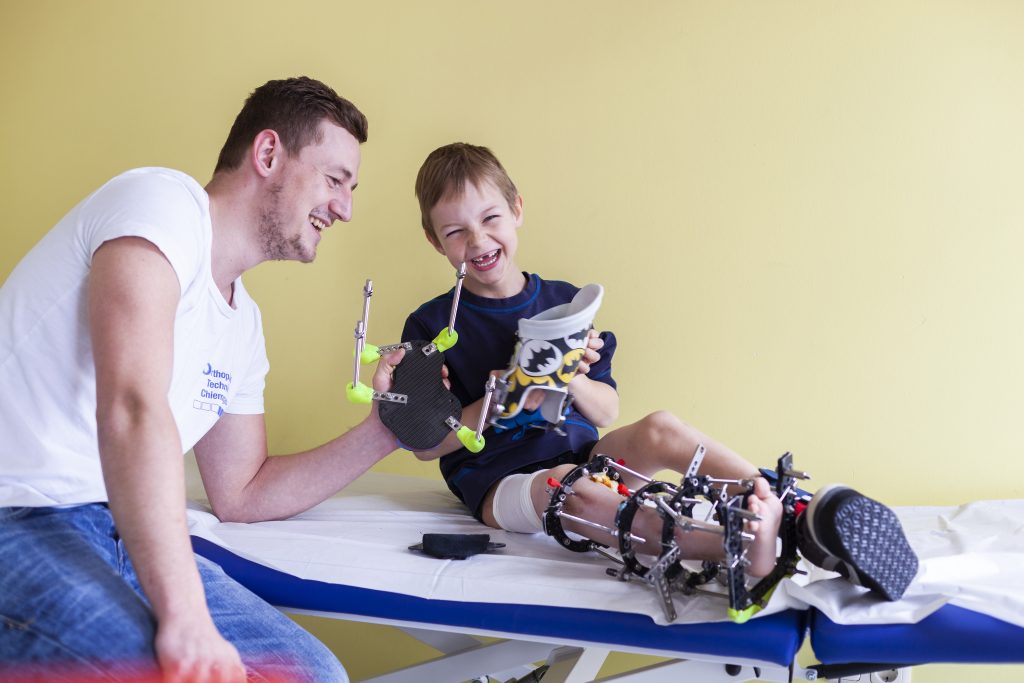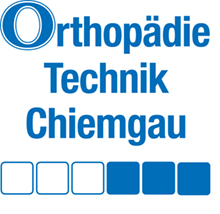Selected orthopaedic symptom complexes (pathologies) at a glance
Chiemgau GmbH specializes in orthopaedic care for the following diseases:
Longitudinal defects
Malformations in the area of the lower extremities are called longitudinal defects. They arise already in early embryonic development. However, according to the current state of medical research, genetic defects can be ruled out as the cause of these forms of malformation. The most common forms of congenital longitudinal defects of the lower extremities are femoral defect (PFFD), tibia defect and fibula defect.
Femur defect (PFFD)
The congenital femoral defect (Proximal focal femoral deficiency-PFFD for short) includes thigh malformations. With a low degree of expression, PFFD is a common cause of leg shortening from the thigh. With stronger manifestations, on the other hand, the thigh is severely shortened and the knee joint is maldeveloped (dysplastic). Combinations of the proximal femoral defect with malformations of the lower leg are possible.
Tibia-defect
The determining factor for the tibia defect is either the complete absence (aplasia) of the shin (tibia) or the underdevelopment (tibia-hypoplasia). The functional impairment results from the extent of the malformation: Thus, in the case of hypoplasia of the tibia, the stability of the foot in the upper ankle is impaired, but from an aplasia of the tibia a significant malposition of the lower leg results in Clumping of the foot.
Fibula defect
Fibula defect refers to the congenital, complete absence (aplasia) or the underdevelopment (hypoplasia) of the calf leg (Fibula). The cause of this occurrence is unknown, as in the case of the tibia defect. The fibula defect can occur either alone, or in conjunction with a malformation of the femoral bone (proximal femoral defect), with malformations on the foot lateral as well as with a shortening of the entire lower leg.
Pseudarthrosis/congenital tibiapseudarthrosis
Congenital tibiapidarthrosis is one of the congenital malformations of the lower leg and often occurs together with hypoplasia of the tibia. Here, the thinning of the bone tissue leads to a curvature of the lower leg bones with infrastructures or fractures that do not rush out.
Transverse dysmelia
Transverse dysmelia (extremities malformations) are malformations of either the upper or lower limb (limb defects), for example in formation, differentiation and separation, or also by amniotic lacerations, In which slings of the egg skin (‘ amniotic ligaments ‘) lie around fetal limbs and disturb their complete development.
Ischemic muscle infarction
If a muscle is no longer adequately supplied with blood and nutrients, the muscle infarction with subsequent tissue demise (necrosis) occurs.






